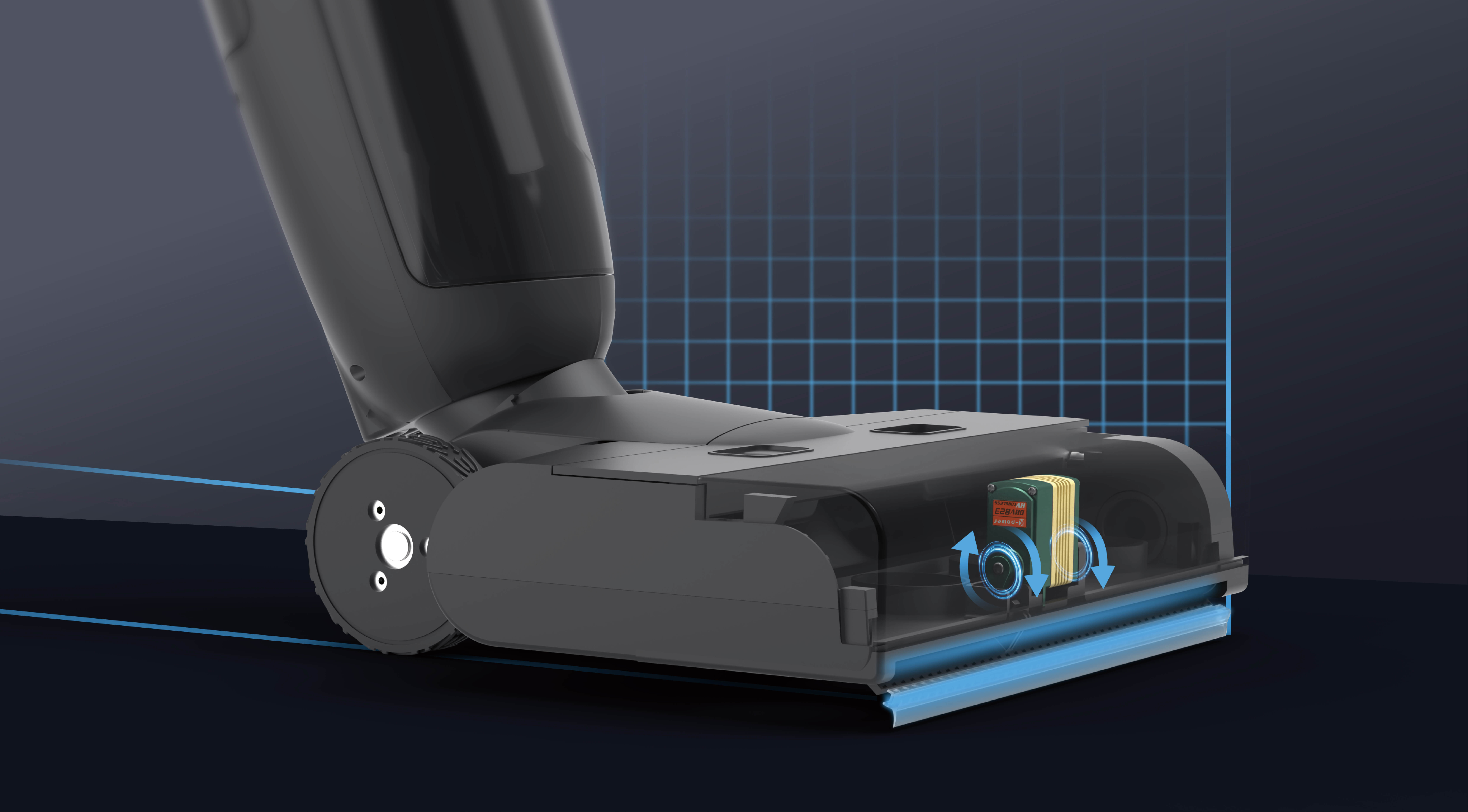Looking to upgrade your power tools or curious about what makes some motors tick better than others? That’s where the buzz about brushed versus brushless motors comes in. It’s like shopping for a new gadget—knowing what’s under the hood makes a world of difference.

Imagine holding a drill or a screwdriver. The motor inside it is what powers the magic. Traditional brushed motors, the kind you’ve probably seen in older tools, work with a simple design. They use brushes that make contact with a commutator to deliver power. It’s straightforward, almost like a classic car engine—reliable, but with some quirks. Over time, those brushes wear out, meaning more maintenance, less efficiency, and sometimes, that annoying spark noise.
On the flip side, brushless motors are a different beast altogether. No brushes, no commutator in sight. Instead, they rely on electronic controllers and magnets. They’re more like sleek, modern electric cars—fast, efficient, and with less maintenance needed. The absence of brushes means fewer parts wearing down, translating to longer lifespan and smoother operation. Plus, brushless motors are typically lighter, which can boost the performance of handheld tools—think less fatigue and better balance when working on those long projects.
Here's a quick mental picture: Ever notice how old rotary phones are bulky and prone to trouble, but sleek smartphones do everything quietly and flawlessly? Same idea. Brushless motors are quieter and put out less heat. They can run at higher speeds without overheating, which is a big deal for power tools that need to keep their cool in intense jobs. And because they are more efficient, they tend to consume less battery, extending your runtime and keeping your work going longer.
But hey, what about the flip side? Brushed motors win in some zones too. They are cheaper upfront, making them attractive if budget is a concern. For light-duty tasks or occasional use, you might not notice much difference in operation. Plus, their simpler construction means repairs can be more straightforward, and repair parts are usually easier to come by.
So, is it worth investing in brushless technology now? For heavy-duty use, frequent projects, or when you want that extra edge in longevity and efficiency, it’s a no-brainer. Imagine not having to replace brushes every couple of months, and your tool still runs like a champ. That’s real peace of mind. For casual, low-intensity tasks? Sometimes, an old-school brushed motor still does the job just fine.
If you're looking at it from a practical view—think about how much your work or hobby depends on your tools. Longer lifespan, less maintenance, quieter operation—these add up. Choosing the right motor is less about fancy tech talk and more about what fits your lifestyle and needs.
In the end, whether it’s brushed or brushless, always consider how you use your tools. Do you want to save on initial costs or aim for durability and performance? Sometimes, a little extra spent upfront on a brushless model pays off in the long run. And with newer tech evolving each year, the boundary lines keep shifting. The choice is all about what makes your work easier, faster, and more enjoyable.
Established in 2005, Kpower has been dedicated to a professional compact motion unit manufacturer, headquartered in Dongguan, Guangdong Province, China.




































